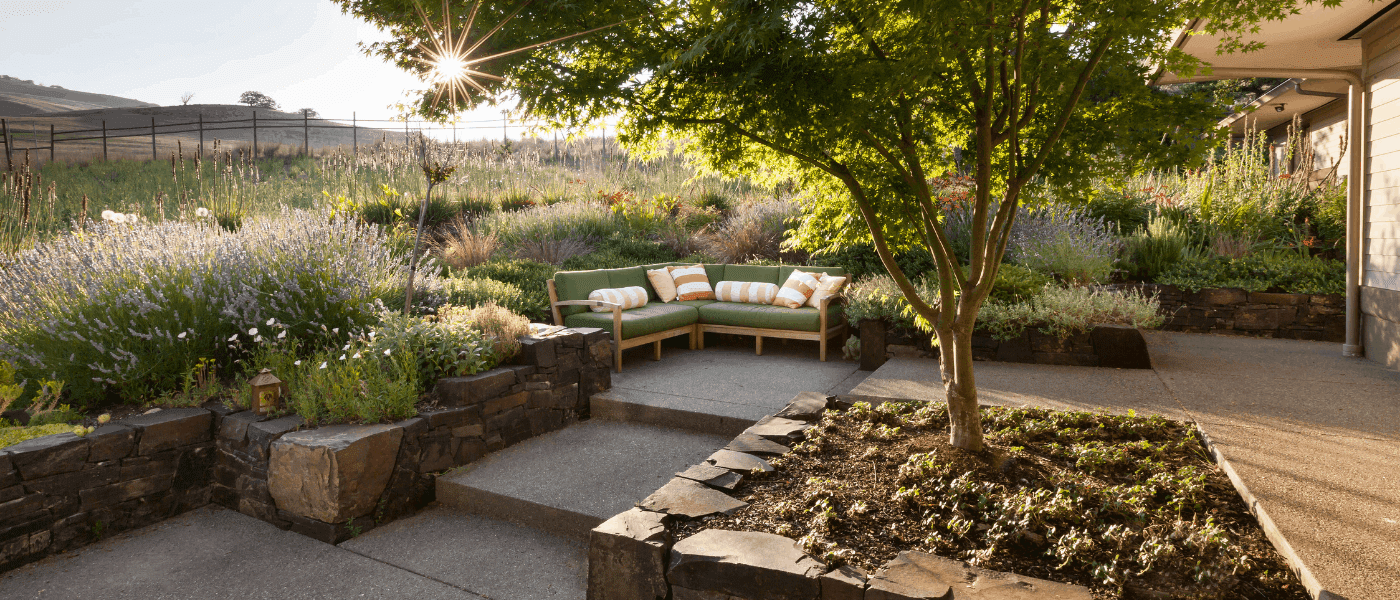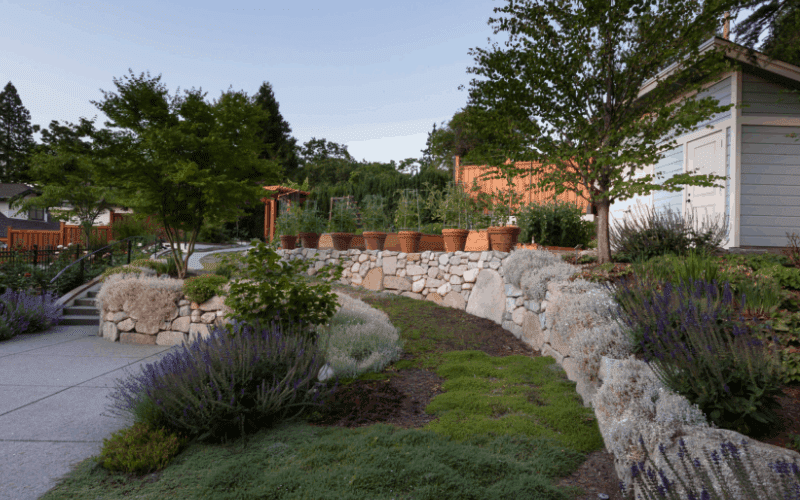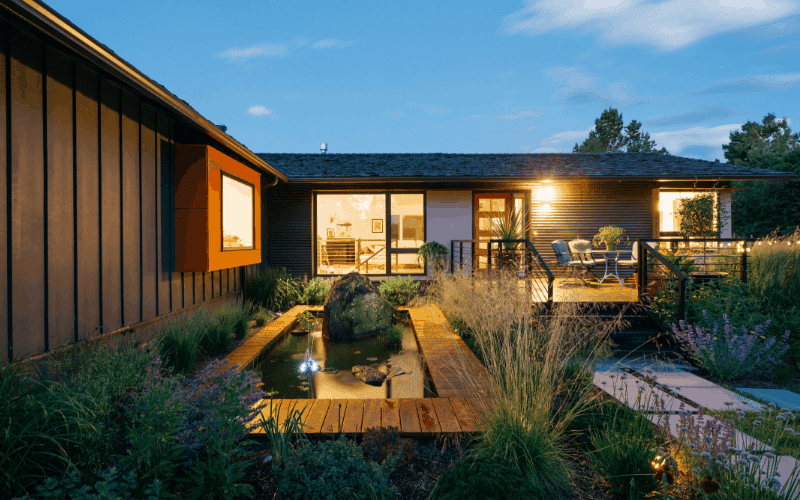
Xeriscaping: Water Conservation at it’s Best
As gardeners know, every climate poses unique challenges to landscaping. Whenever possible, utilizing the beauty of the native landscape is a giant first step in creating a beautiful yard that requires minimal care and conserves natural resources: namely, water. Xeriscaping is the method of creating a garden or landscape that requires little or no irrigation.

Xeriscaping emphasizes water-smart gardening and relies on careful preparation, efficient irrigation, and grouping plants together with similar water needs. The USDA offers an informative guide on xeriscaping. In addition to water conservation, xeriscaping encompasses aesthetics, budget, function, and maintenance.(available online at nrcs.usda.gov).
There are many ways to create a lovely landscape with water conservation in mind.
Start with the soil. Improve the soil in your yard by working several inches of compost into the top 6 to 8 inches of soil. Take note that some hardy plants thrive in dry, rocky soil, so design your landscape and prepare soil appropriately for your plants.Lawns. Because of their high demand for water, keep the lawn area to a minimum and choose drought-tolerant grass. Low-water ground-covers are good alternatives for many areas of your yard.
Lawns. Because of their high demand for water, keep the lawn area to a minimum and choose drought-tolerant grass. Low-water groundcovers are good alternatives for many areas of your yard
Choose plants well-suited to your region. Look for drought-resistant varieties of plants and flowers, especially those that are local to your location. Native plants are an especially good choice, as they’ve adapted to the climate and require much less watering.

Shade. Take advantage of shady areas for lush landscaping that requires less watering.
Water efficiently. Water late at night or early in the morning to avoid water loss through evaporation, and position water directly to plant roots with drip irrigation or a soaker hose. Water deeply and infrequently to develop drought-tolerant root systems; shallow watering creates shallow, thirsty roots.
Fertilizing. Avoid over-fertilizing, which promotes excessive growth—requiring extra watering and maintenance.
Mulch. Two to three inches of bark chips or compost prevents evaporation and keeps soil cool and moist. Mulch is also attractive and keeps weeding to a minimum; replace mulch as it decomposes or gets blown away.
Maintenance. Keep your yard healthy and beautiful with regular maintenance, which also helps prevent disease and pests: prune shrubs and trees, deadhead flowers, pull weeds, and rake plant debris.
You may also consider advanced ways of conserving water. Find ways to incorporate rain barrels and take advantage of an easy water source. It’s also possible to recycle grey water—relatively clean water from the household, such as water from washing machines or showers that has not come into contact with sewage water or fecal matter. This is especially beneficial for those who live in drier climates where water is scarce, and although requires knowledge and careful research, it is a viable goal.With careful planning, you can create a lush, beautiful yard that requires little maintenance and conserves our most important natural resource.
Connect with the industry’s best tradespeople in your area.





Post a comment
You must be logged in to post a comment.